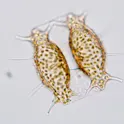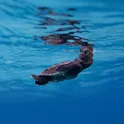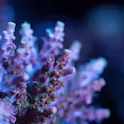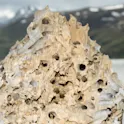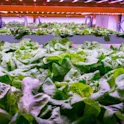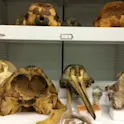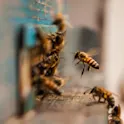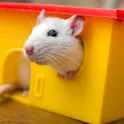
Life sciences
16 Sep 2021
Scientists pretend to be Neanderthals to explore how they caught birds in caves for food
By Mischa Dijkstra, Frontiers science writer Image credit: Gorodenkoff / Shutterstock.com From fossil evidence and through scientific role-play, researchers reconstruct that Neanderthals probably used fire and tools to dazzle, corral, and catch choughs, communally roosting birds, inside caves at night. The choughs would not only have contributed welcome calories and micronutrients to the Neanderthals’ diet, but may also have yielded elements for their personal decoration. Neanderthals, our closest relatives, became extinct between 40,000 to 35,000 years ago. Since the discovery of the first Neanderthal fossil 165 years ago, scientists have learned more about Neanderthals – including their culture, sociality, ecology, diet, control of fire, production and use of tools, physiology, and even their genomic code – than about any other non-human hominin. Here, Spanish researchers use a highly original approach – scientific “role play” – to reconstruct a likely novel element of Neanderthal behavior: cooperating with group members while using fire and tools to catch choughs, birds from the crow family, from their night roosts inside caves. Their findings are published in Frontiers in Ecology and Evolution. Neanderthals are known to have eaten plants, fungi, shellfish, roasted pinecones, and flesh from stranded dolphins. At the same time, they were important […]

